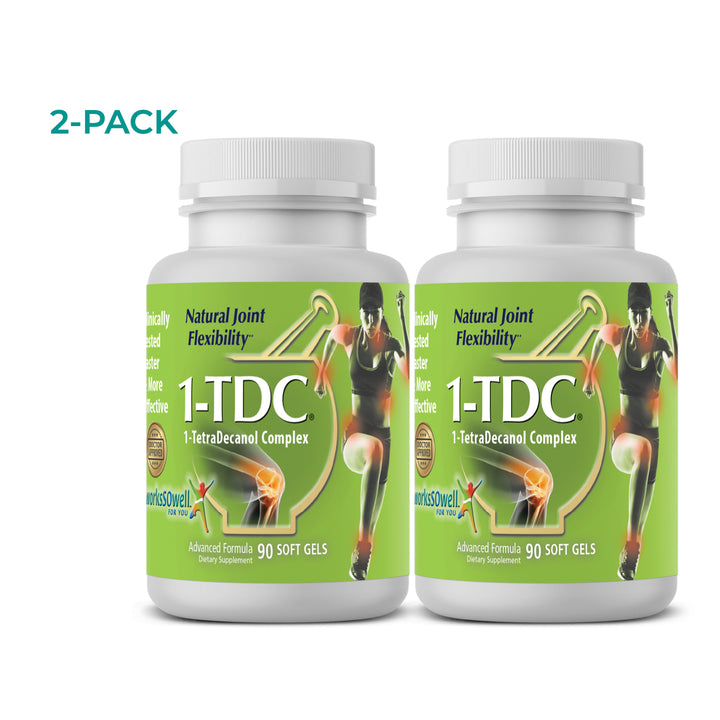Are you Suffering from Sciatica? Or is it Piriformis Syndrome? Both conditions cause the same result: the sciatic nerve becomes compressed.
They even cause many of the same symptoms, but there is one major difference…piriformis syndrome occurs when there’s a problem with the piriformis muscle (a muscle located deep in your gluts). In order for the problem to be diagnosed as Sciatica, the sciatic nerve must be compressed as a result of the nerve root being pinched in the spine due to disc herniation, spinal degeneration, or a bone spur in the lower lumbar area.
You may be wondering Piriformis vs. Sciatica why all this matters. If your sciatic nerve is compressed, then it's compressed, right? Who cares what you call it? Well, the main reason for the differentiation lies in the treatment.
Treatment for Sciatica will depend on the severity of the case. In some instances, chiropractic, physical therapy and anti-inflammatories are enough to keep the pain and numbness at bay. However, more severe cases may require steroid injections or surgery if conservative care fails, which is a small percentage of the time in my practice.
Treatment for Piriformis Syndrome is more straightforward. Piriformis Syndrome can usually be treated with physical therapy or chiropractic care (although, sometimes anti-inflammatory medications are also needed). However, because this syndrome usually results from imbalances in the lumbar and pelvic regions, proper and consistent stretching with proper medical care helps in almost every case.
So, make sure your symptoms are properly diagnosed. The solution may be less costly and easier than you think.
1-TDC Joint & Muscle Health Daily Supplement -2 Bottles (180 soft gels)

$72.00
$76.00
1TDC® Joint & Muscle Health Supplement Provides a Total Body Benefit for Joints and Muscles The 1TDC® Joint & Muscle Health Supplement is an excellent way to provide ongoing systemic support to muscles and joints for everyone from high school athletes to senior citizens. Using the… read more











